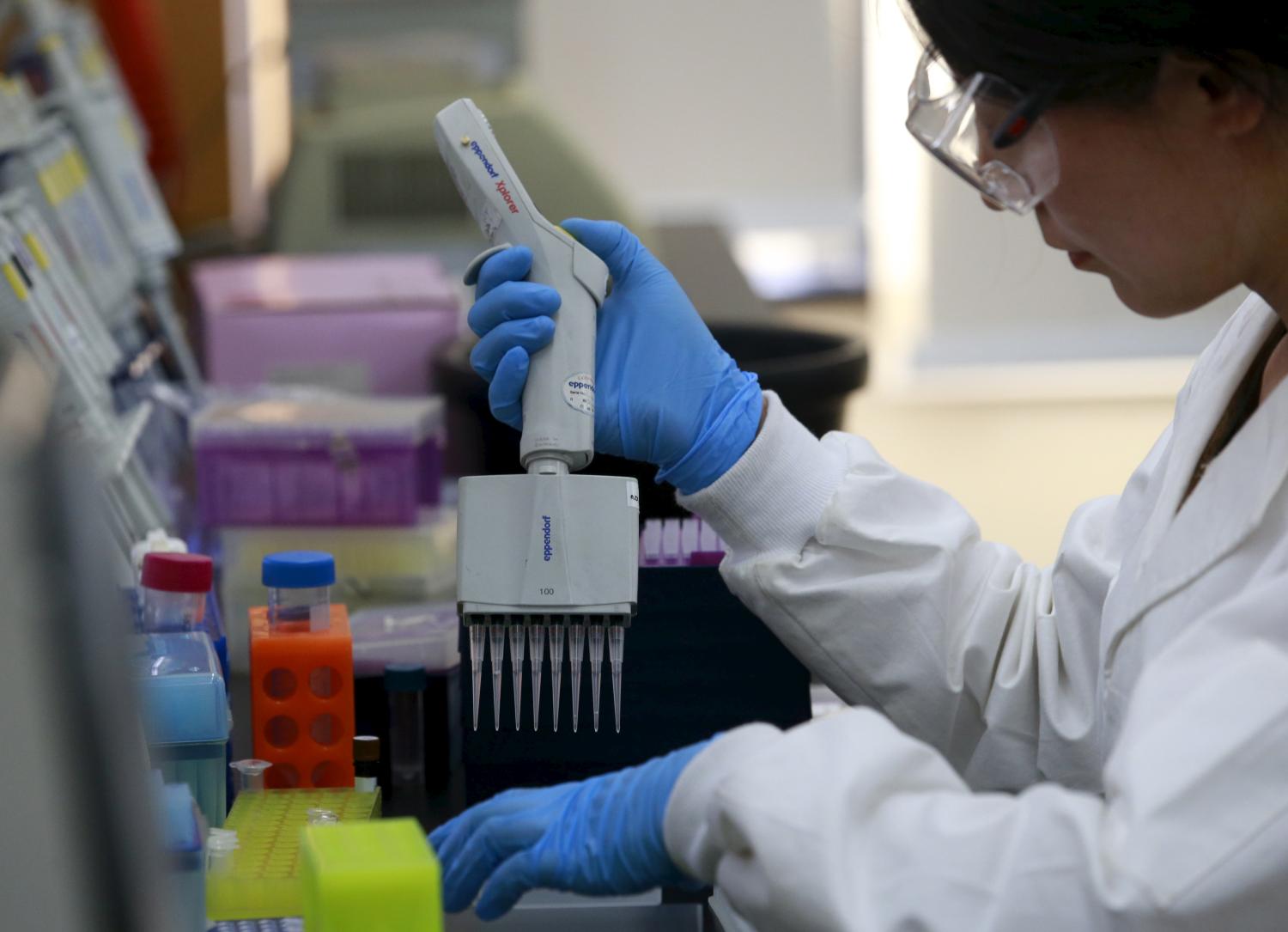Income and wealth inequality in the U.S. is a stark reality. Research from a variety of fields demonstrates that children born into poor families tend to end up less educated, less healthy, more prone to contact with the police, and less likely to accumulate wealth over a lifetime. In contrast, children born into well-off families tend to exhibit better outcomes on all of these dimensions.
How should social scientists and policymakers understand and address intergenerational mobility in the U.S.? This question is difficult to answer—and highly politicized. To start with, there are several possible mechanisms driving high intergenerational persistence of economic outcomes. These are often characterized as factors related either to “nurture” or “nature.”
The “nurture” hypothesis asserts that poor parents lack critical resources such as wealth or information. Such parents may therefore find it difficult to make the education and time investments that would promote better economic outcomes for their children. If this is true, then children born into poor families never reach their full potential because of a lack of household resources.
A second possible mechanism is often referred to as the “nature” hypothesis. Economically successful parents might be more likely to have successful children. Such an account hinges on the idea that there are heritable biological traits or abilities that more successful parents “pass on” to their children.
To complicate the matter further, the mechanisms of nature and nurture almost certainly operate at the same time. Moreover, it is likely that abilities and investments interact in complicated ways. For example, a particular investment might do more to improve the outcomes of a lower-ability child than a higher-ability child, or vice versa. Understanding this process, and how it affects intergenerational mobility, is notoriously difficult. However, greater clarity is precisely what is needed to guide effective policy.
If a lack of investment is the dominant mechanism explaining intergenerational persistence in economic outcomes, then we as a society may be wasting human potential. Policies correcting under-investments in human capital could therefore be justified as economically efficient. In contrast, if the intergenerational transmission of ability plays a role, then investments in poor children’s human capital may not be enough. To clarify, it is critical to state that the distinction we make here between “high-ability” and “low-ability” individuals should not be interpreted as a claim that some people are naturally or biologically superior to others. We use “ability” as shorthand to describe those traits that are rewarded in the existing labor market. Even if these abilities are linked to heritable biological factors, this does not mean that their impact on life outcomes is immutable or fixed. Modifying environments could substantially affect genetic disparities. The case of vision and eyeglasses offer one classic example. There may well be biological factors that explain variation in eyesight “ability,” but these biological differences will matter more or less for life outcomes depending on the availability of glasses and other medical interventions. In short, it is very possible that the consequences of biological differences can be moderated by appropriate changes in the environment.
Until now, researchers have typically used variables such as cognitive test scores to measure ability endowments related to human capital. Yet, these traditional measures are subject to the critique that they are the products of earlier investments in human capital. This makes it difficult to distinguish between the “nature” and “nurture” hypotheses using such data. Two individuals with similar ability endowments but different levels of household resources are likely to exhibit different cognitive test scores, for example.
Using genetic information to measure ability endowments can help us better understand the intergenerational transmission of human capital. As a measure, genetic information has a clear advantage over cognitive test scores because it is fixed at conception. Advances in measuring differences in DNA across individuals, together with very recent advances in behavioral genetics research, now make it possible to link genetic differences across people to behavioral traits. These new discoveries have even extended to educational attainment, which was once thought to be too complicated and removed from direct biological processes for genetic analysis.
In a recent research paper, we use genetic information to better understand the nature of intergenerational mobility. We follow the cutting edge in behavioral genetics research, which guides us in computing a type of genetic “score” for any individual. We compute this so-called “polygenic score” for each person in a sample of over 8,000 individuals from the Health and Retirement Study (HRS). The score, which appears to be related to cognition, personality, and facility with learning, has some predictive power for educational attainment. In particular, it explains between 3.2 percent and 6.6 percent of the variation across individuals (depending on the specification). Thus, knowing the exact value of an individual’s score will tell you very little about that person (over 90 percent of the variation is explained by other factors). However, the average relationship in the population between the score and human capital outcomes can offer some important lessons.
Using the polygenic score, we believe we can gain new insights into how ability endowments interact with an individual’s environment to generate economic outcomes. There is a long-standing debate in the economics literature about how ability and investments interact. One idea is that both ability and investments are needed for success, i.e., that they complement one another. Though our findings show evidence of this type of interaction, the story that emerges from our analysis is somewhat more nuanced. We show that ability and the environment (measured by parents’ socioeconomic status or SES) complement one another for generating higher degrees, such as college completion, but substitute for one another in generating lower levels of educational attainment such as a high school degree. In other words, our findings suggest that ability or being born into a well-off family are enough to get an individual through high school. For college, however, ability and a well-off family are important predictors of success.
“In other words, our findings suggest that ability or being born into a well-off family are enough to get an individual through high school. For college, however, ability and a well-off family are important predictors of success.”
Another set of results concerns the wages of high-ability individuals. We show that individuals who completed college earned substantial returns on their ability starting in the early 2000s. Individuals without a college degree did not. The post-2000 rise in returns may be driven in part by “skill-biased technological change.” As new technologies are adopted in the workplace, the people who benefit most are those with the skills required to adapt to and master new ways of working. It is not difficult to imagine that people with genetic variants associated with higher education may have found it easier to adapt to computers and other new technologies. However, we also find that a higher polygenic score was not helpful for individuals who did not complete college, likely because the lack of a college degree shut them out of careers that would have allowed them to creatively use new technologies. This is a troubling finding given the role of childhood SES in predicting college completion. It means that poor children with high abilities are less likely to attend college and, subsequently, are less likely to benefit from their ability. Again, these findings suggest wasted human potential.
Using genetic data to compare individuals from different socioeconomic backgrounds, we also find that children from lower SES backgrounds systematically acquire less education when compared to similarly capable individuals from high SES backgrounds. Among other things, this suggests that access to education may be an important obstacle, even for the highest ability children. Our analysis offers some suggestive evidence regarding which environments are especially harmful. For example, acute negative events like physical abuse in childhood can lead to a dramatic loss of economic potential—reducing financial wealth in late adulthood for the highest ability individuals by over 50 percent.
Of course, one must be very cautious when interpreting any genetic association. In particular, it is important to think carefully about correlation versus causality. The same parents that pass along genetic material predicting educational attainment may also be more likely to have the resources to invest in their children. Still, since we base our comparisons on individuals from different socioeconomic backgrounds, but with similar polygenic scores, we offer evidence that economic disparities are not solely due to nature.
In summary, recent advances in behavioral genetics have identified specific genetic variants that predict educational attainment. The fact that such genes exist confirms previous work (largely using data on twins) showing that “nature” matters for economic outcomes. Our research demonstrates that “nurture” matters, too. Perhaps more importantly, our research demonstrates that the roles of “nature” and “nurture” are intertwined and that understanding the role of “nurture” (in the form of human capital investments over the life-cycle) is key to understanding how “nature” (in the form of ability endowments) operates. In particular, we show that similarly apt individuals with different childhood SES see very different returns to their ability. This means that policies helping children born into disadvantaged circumstances may be justified not solely for ethical reasons rooted in social justice, but perhaps also as an economically efficient way to mitigate wasted human potential.
Finally, we believe that continued progress in understanding the mechanisms underlying how “nature” affects economic outcomes will eventually lead to policies that help people who are born with different abilities. For example, our findings suggest that some individuals had more difficulty than others in adapting to new workplace technologies, such as computers. With a fuller understanding of this process, policymakers may be able to devise better training programs or improved school curricula that help individuals of all levels of ability to better respond to a changing technological environment. In other words we believe that our research shows that learning more about the specifics of “nature” may help us to better “nurture” all individuals in society to help them to reach their full potential.
Editor’s note: The authors contributed equally to this posting and to the research upon which the posting is based. They are listed alphabetically by last name.
The Brookings Institution is committed to quality, independence, and impact.
We are supported by a diverse array of funders. In line with our values and policies, each Brookings publication represents the sole views of its author(s).




